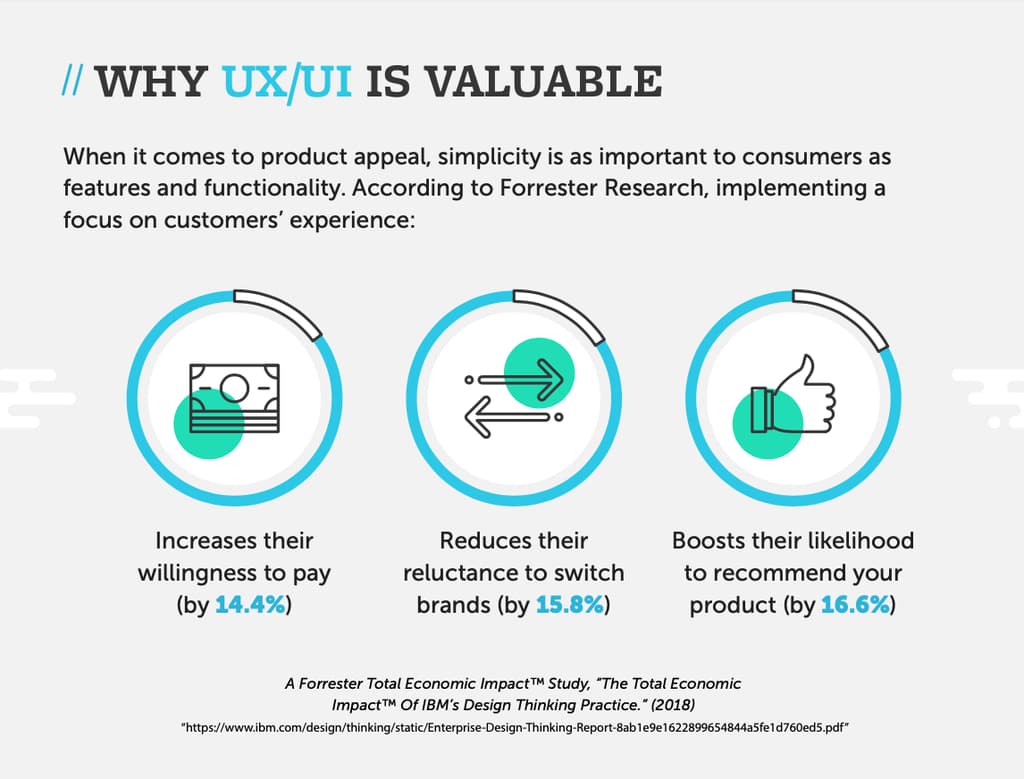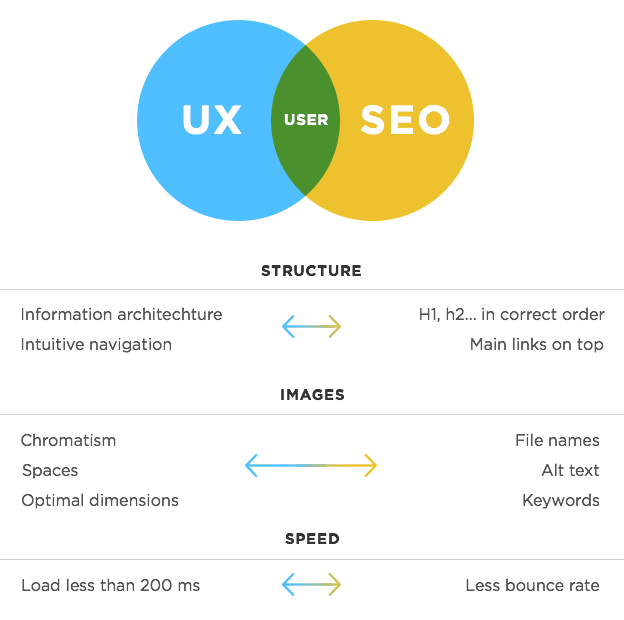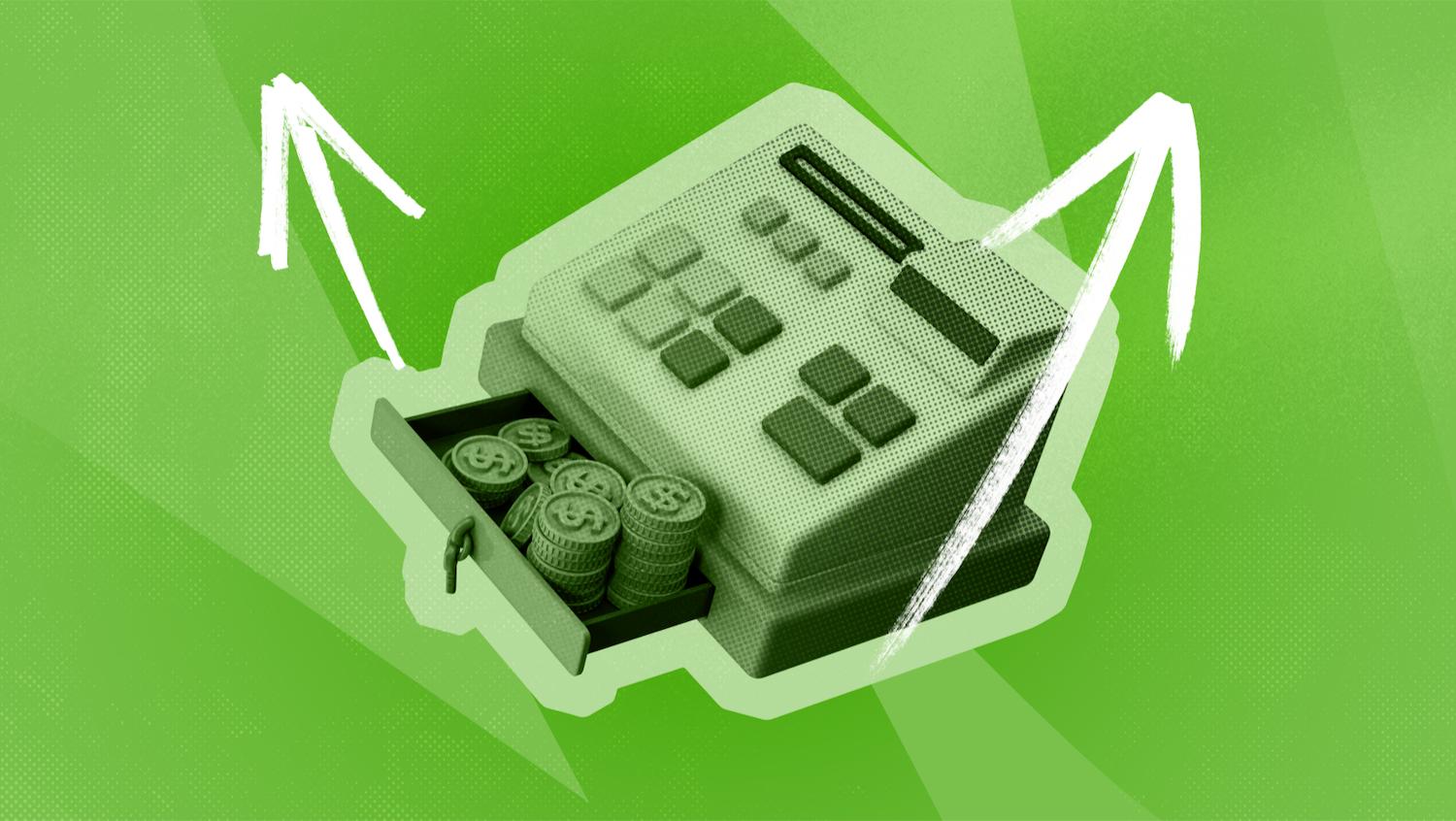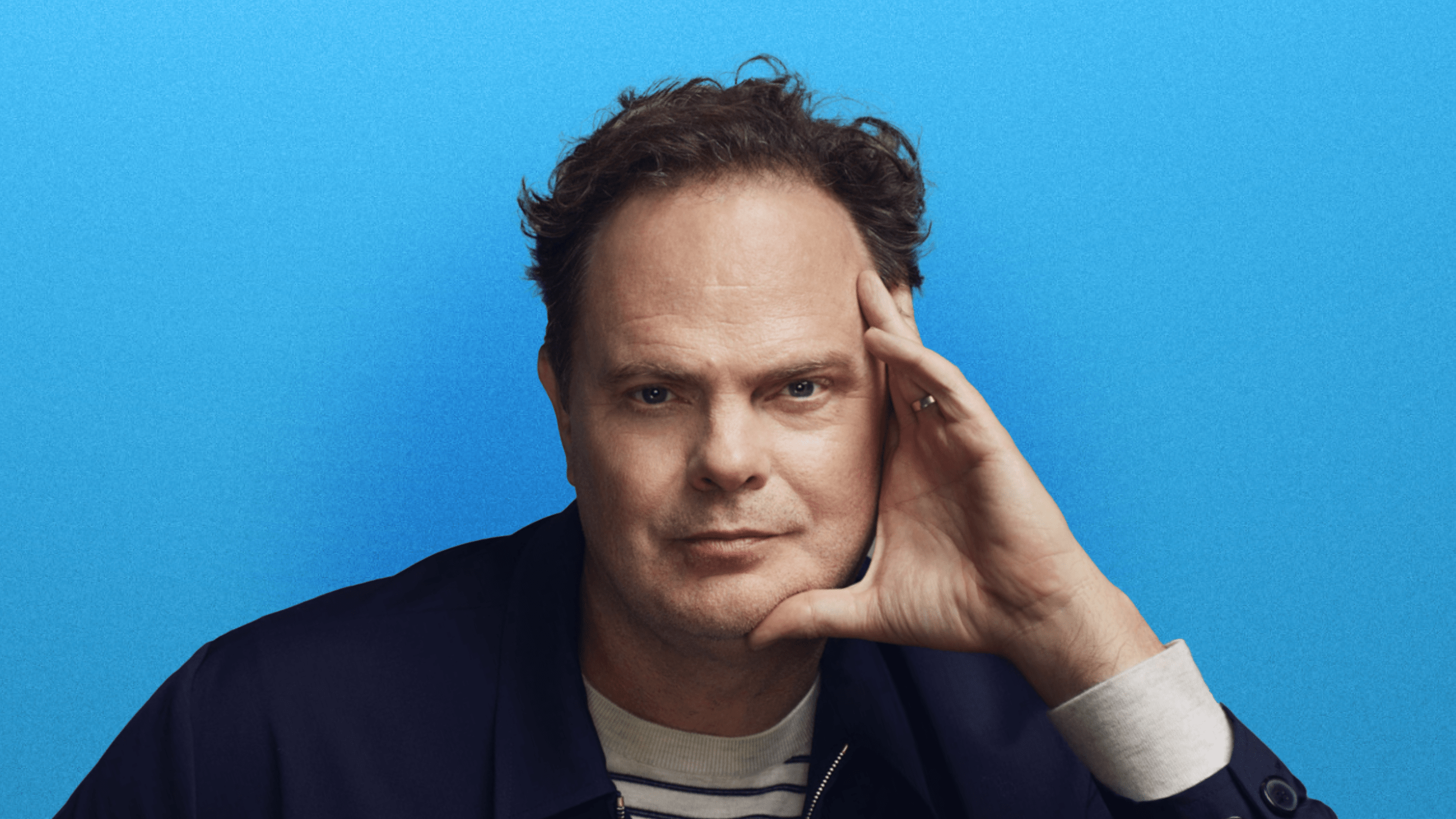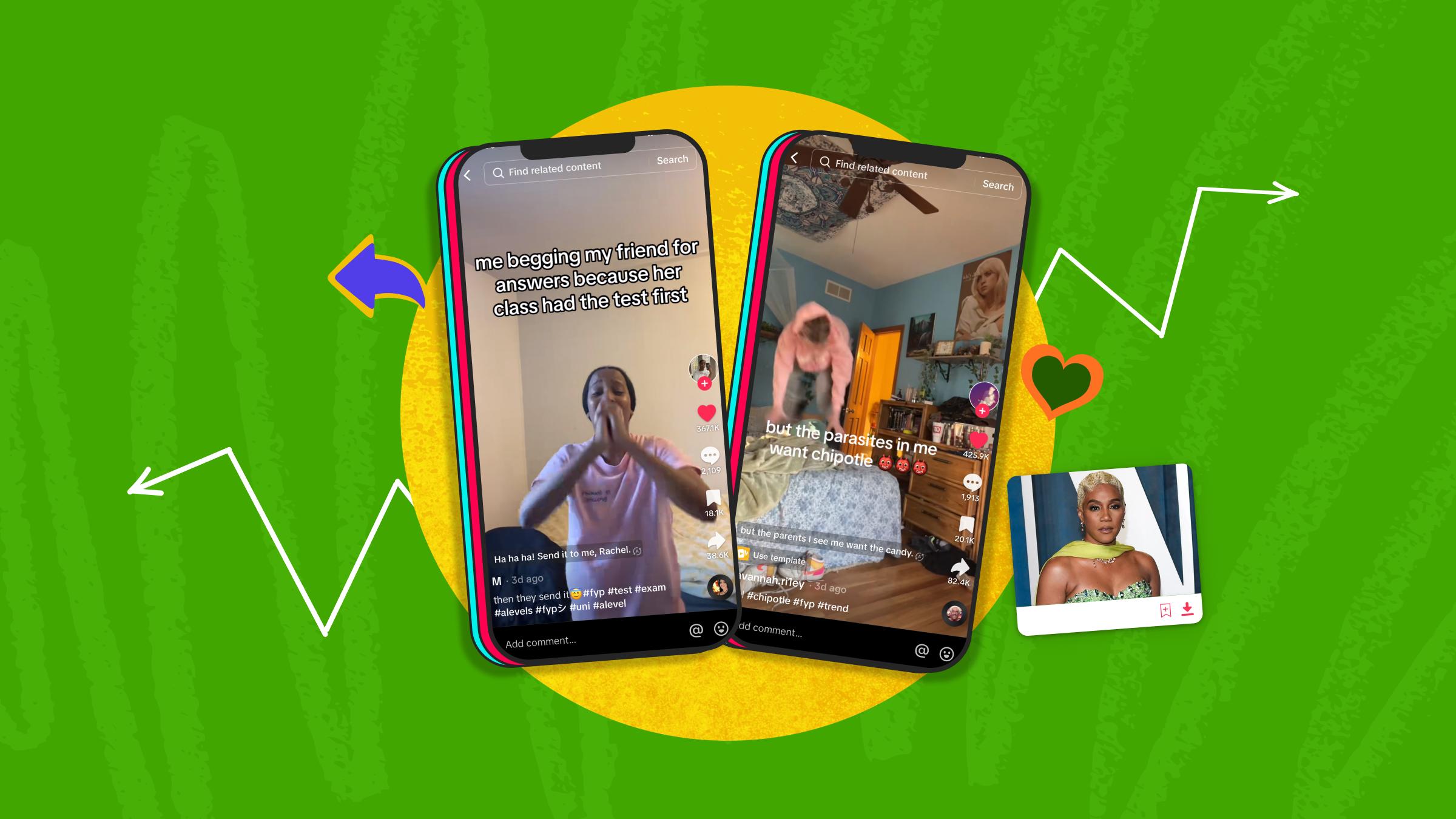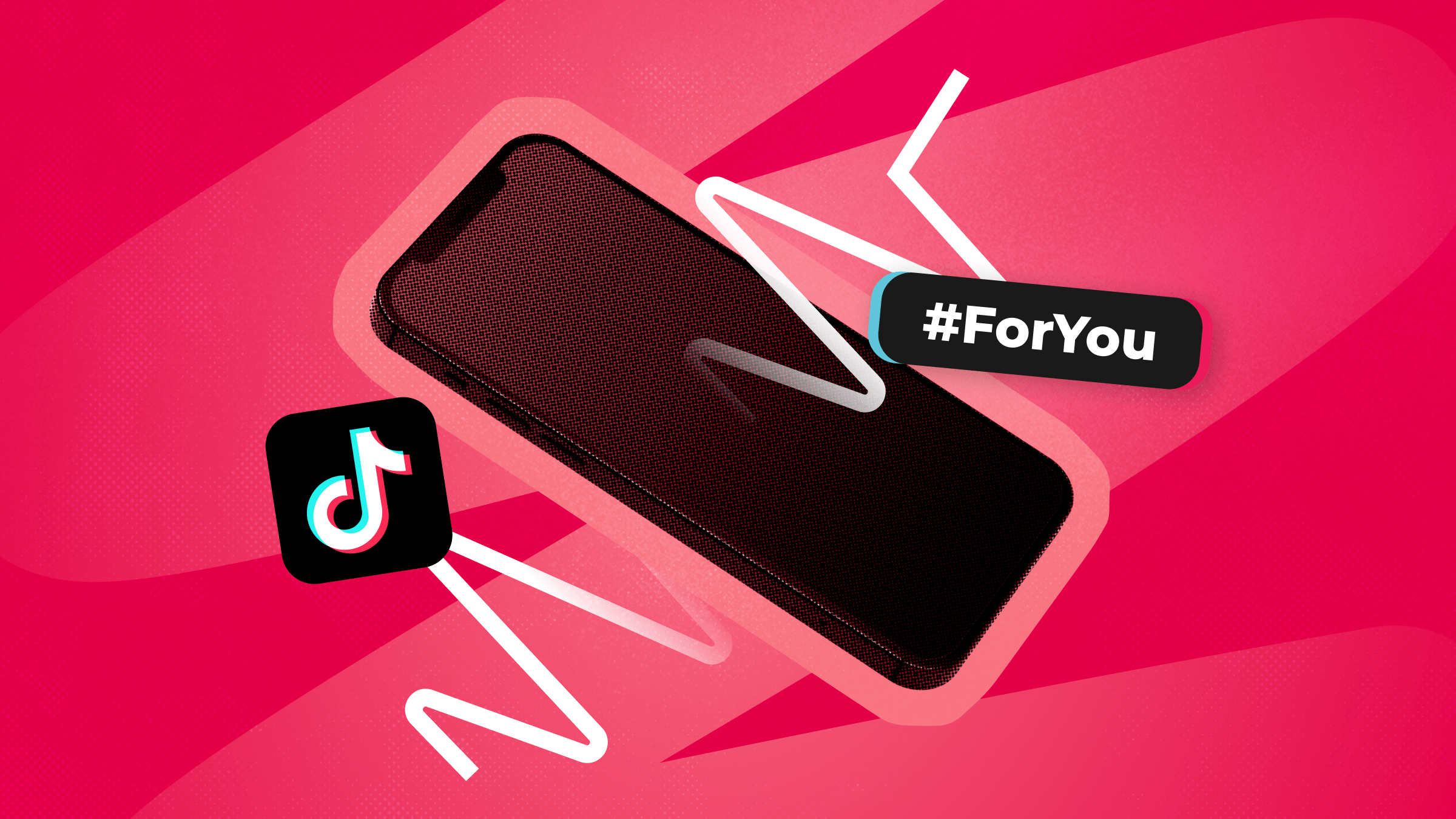Want to improve SEO and enhance your user experience? Here are some of the benefits of blending SEO with UX design.

In an e-commerce-driven landscape, improving your organic search metrics is vital. In order to compete with the industry giants and social media platforms ruling the roost in 2022, maintaining a high authoritative search position within your niche is the key to success.
The rules of SEO are continually evolving, and now with over 200 potential ranking factors to adhere to, smart marketers are thinking outside the box to perfect their SEO strategies.
One example of this is the partnership potential of SEO and UX design. As marketers continue to prioritize user experience within their SEO tactics, experts suggest that ranking scores could soar in response.
The question is, just how powerful could this tactic be? And how can new marketers on the block utilize UX design to improve their SEO strategies? Let’s find out.
Why Is User Experience So Important?
User experience has always been an essential component of any successful marketing campaign. The age-old phrase “the customer is always right” should be a driving factor within your strategy.
Enhancing user experience is key to improving site interaction and engagement. A streamlined UX design can encourage consistent conversions and outstanding customer retention rates – two factors that can improve brand awareness and authority within a densely populated e-commerce world.
In fact, a recent study by Forrester revealed that companies that prioritized their UX/UI within a campaign strategy saw a 15% decrease in brand switching and a 16% increase in customers’ likelihood to share positive feedback about the brand with their peers.
Focusing on customer experience can be transformative in terms of e-commerce success. From streamlining your customer journey and enhancing your conversational marketing skills to ironing out customer pain points, listening to your audience is one of the best ways to improve your brand.
But just how effective can prioritizing UX design be for improving your SEO score? While keyword optimization and strategic content remain crucial for SEO success, other user experience-oriented factors such as website navigation and page loading speeds can significantly contribute to your organic ranking.
Let’s look closer at how UX design can boost your SEO score and enhance your ranking scores.
How Can UX Design Boost SEO?
Google’s search ranking algorithm continues to puzzle even the savviest marketers of today. While effective keyword implementation was once the clear path to success, today’s algorithm takes much more into account.
Google has one consistent goal: to offer its users the best experience. In fact, UX is so important to Google that its algorithm now incorporates several user testing metrics to determine the probability of a user enjoying their experience on a listed site. This is where UX design comes into play.
Google’s user testing now puts components such as page loading speed, design, and structure to the test when determining the potential ranking of a site. In fact, a 2016 metrics study from Google found that 53% of users would bounce if a page took longer than 3 seconds to load, in turn reflecting the page’s ranking score. The takeaway? Keyword placement is redundant if your UX design is causing users to click off your page in a matter of seconds.
The Benefits Of Blending SEO and UX Design


There are various benefits associated with combining SEO and UX design – such as raising your organic ranking, improving search intent, and increasing site engagement.
Here are just some of the benefits of blending your SEO and UX design strategies.
Improved Site Accessibility
Prioritizing your site navigation and interactivity makes your website more accessible and opens up your page to users of all abilities. As engagement rises, your SEO rankings will improve. Taking the time to enhance user experience and streamline the customer journey will increase conversion opportunities, speed up your sales funnel, and make your page more desirable for Google’s search engine crawlers.
Enhanced Mobile Experience
Did you know that 54% of Google’s traffic comes from mobile users? In a world dominated by smartphone technology, designing for the mobile experience is now a key concern for both SEO and UX design professionals.
Optimizing your site for different devices is one way to satisfy Google’s algorithm. Creating a responsive design built for mobile accessibility, page speed, and thumb responsiveness will partner well with your SEO strategy and contribute positively to your ranking score. This might be easier said than done, so it’s no wonder why a business owner would want to find affordable SEO services for small businesses, which will help in improving the UX design of your website, and reveal any underlying SEO problems you might have.
How To Optimize Your UX Design for SEO


























If you’re looking to improve your user experience, here are a few ways to optimize your UX design for SEO success.
Consult The Metrics
The key to providing an excellent user experience is knowing your customers. Google’s algorithm takes user testing very seriously, and so should you. Using analytic tools such as Google Analytics and Finteza to perform an audit and determine your site’s current pain points is a great place to start.
Figure out which pages generate the most engagement and how you could improve different areas of your site design. User testing is a great way to streamline your SEO keyword tactics. For example, the pages with the most engagement could be prime spots for your high-ranking keywords, while the content on low-performing pages could be due for a revamp.
Improve Website Navigation
Your navigation system is one of the most crucial parts of your site’s UX design. If your customers can’t find what they’re looking for, they will bounce straight to a competitor with improved accessibility.
Google also prioritizes your navigation potential. To remain high in the website hierarchy, you need to make your site easy to crawl and optimize your content and design for streamlined access.
To design a streamlined navigation, start linking your flows from top pages to bottom while increasing links to pages with the highest conversion potential.
Optimizing your navigation bar is also smart, as they’re easily picked up and indexed by Google crawlers. The key here is to keep your bar streamlined and straightforward. Dropdowns may be effective for larger sites but can be challenging for search engines to index effectively.
Consider Visual Design
It’s no secret that any successful site needs to be visually appealing. However, it’s important not to overwhelm your UX design to avoid slowing down page load times and confusing Google’s crawlers.
When implementing visual elements into your design, it’s vital to utilize user-friendly templates for video content creation and image usage. They should be easily accessible for multi-abled users and small enough not to affect loading speeds.
The key here is introducing Alt Text. Adding alternative text to your images makes it easier for Google to index them, and also increases accessibility for visually impaired users.
Including a descriptive alt text caption of no more than 125 words provides search engine crawlers with enough information to understand the visual, in turn boosting your SEO score.
Final Thoughts
As the world of SEO continues to evolve, UX designers need to evolve with it. Optimizing your UX design is a surefire way to improve your website SEO and, in turn, attract more users to your brand or business.
Guest Author: Rebecca Barnatt-Smith
Rebecca is a freelance journalist and multi-media marketing executive, specialising in UX design, SEO and helping small businesses grow online.
